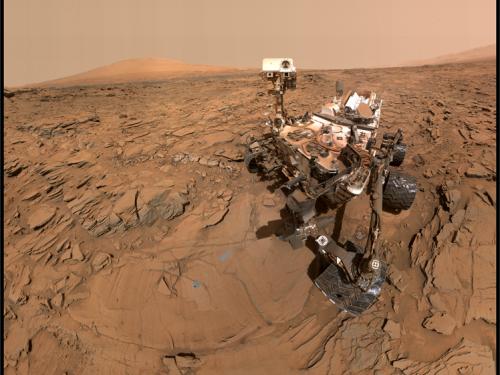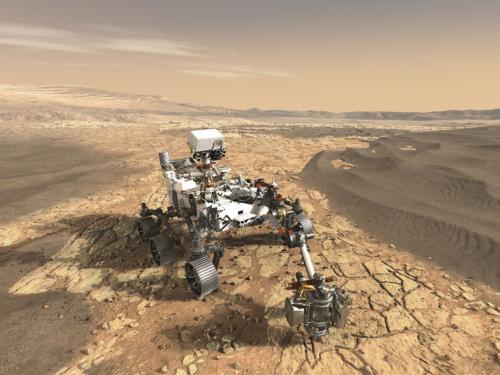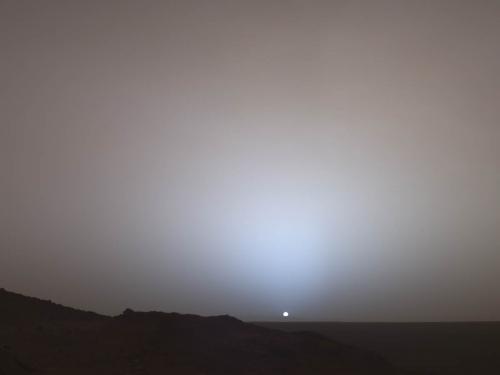
The Evolution of the InSight Landing Site
The InSight lander settled safely onto the Martian surface in western Elysium Planitia (4.502°N, 135.623°E) in November, 2018, and started collecting information about the surface and interior of Mars shortly thereafter.

The Mars Science Laboratory Curiosity Mission
The main objective of Curiosity's mission is to "assess habitability" of both Mars' past and present environments.

Example Results from Mars Exploration Rovers
The Mars rovers Spirit and Opportunity are acting as ground-truth operators, remotely manned by the researchers to explore the Martian terrain.

Degradation of Victoria Crater, Mars
The main objective of our study was to determine the extent of Victoria crater's degradation to resolve its original, pristine crater morphology and the processes responsible for its modification.

Alluvial Fans on Mars
Alluvial fans on Earth and Mars are important because they contain clues about past climate conditions.

Planetary Ground Penetrating Radar
Ground-penetrating radar (GPR) gathers information on subsurface features using radio waves that are transmitted into the subsurface that then reflect off differing layers and structures.











